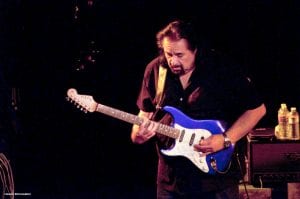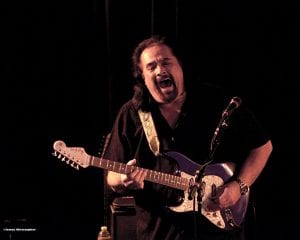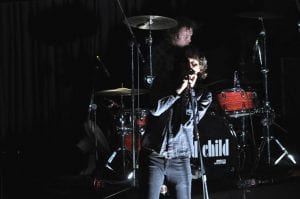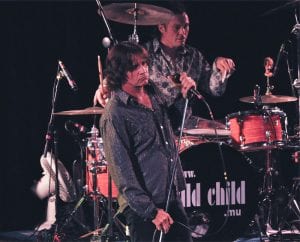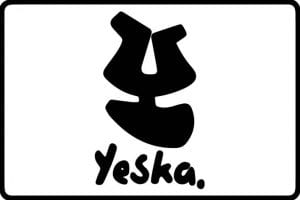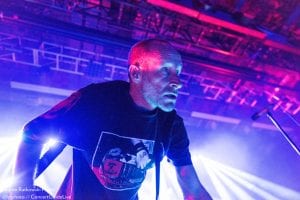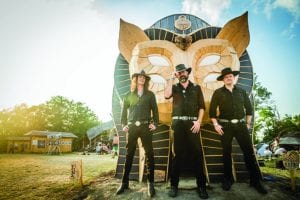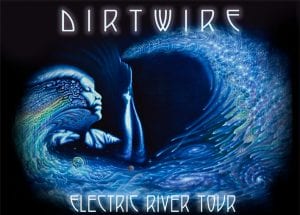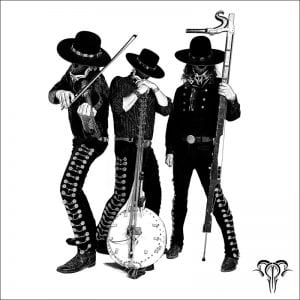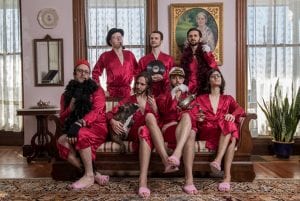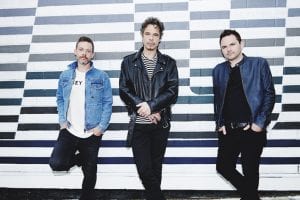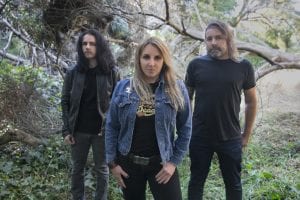Fans in South Orange County have been fortunate to see blues guitarist, Coco Montoya play at The Coach House many times over the years. In fact, they’ll get another chance Jan. 16.
“I’ve just always liked the vibe of the place,” Montoya said. “The sound system is always great and it’s just a fun place to play. Definitely, The Coach House is one of my favorite venues.”
CONCERT GUIDE LIVE: Do you remember when and where your very first concert was?
COCO MONTOYA: I wouldn’t call it a concert but when I was kid we did all the teen dances and all those sort of things. Those were the first experiences with being in front of the public and being appreciated. And some of them, maybe appreciated too much (laughs). You have to go through that part as well.
CGL: Were you nervous or did you take to it right away?
CM: Always nervous. You have your moments of real confidence and you definitely have moments of doubt.
CGL: Is there anything in particular you like to do right before you go on stage?
CM: Not really. There’s no real kind of thing I do other than tell myself how grateful I am to be able to go and do it one more time. I need to let myself know how I feel about that and let the audience know how this can all be taken away and some day it will be, you know?
CGL: You’ve played tons of live shows, in all sizes of venues, what is it about performing live that you like so much?
CM: It’s just the immediate reaction of people. I mean that to me is the whole reason to be out here doing it. You know, it’s just to get that immediate reaction from folks. It beats studio, it beats all the things for me. To do a live performance and be appreciated and accepted by the people is probably the ultimate for me in playing music.
CGL: In your early days you played with both Albert Collins and John Mayall and in a sense maybe they were kind of like mentors to you. Have you ever taken a blues guitarist under your wing or has any guitarist looked to you in the early stages of their career?
CM: Well, I know that I’ve always tried to be open and in discussion with a young player. It depends. There are some guys, young kids that are coming up that I’ve definitely tried to be there for them and any questions they may have I try and guide them. Give them the knowledge that was given to me so freely.
CGL: It seems like blues players, more than any other genre, try to keep the spirit and roots of the music going from generation to generation.
CM: I just know within the blues, especially coming from my age group, that the old originators of this music who are not here anymore, my experiences with them was that they always nurtured. They always found a way to let you know what they know – sometimes with a pretty rough edge on it (laughs) – that’s still good for you, you know? Yea, you try to pass that along because the blues has always been about that. It’s always been the originators of the music were always very open and very willing to tell you how to go about it.
CGL: So you play a Strat – is that your preferred guitar?
CM: Yea, that’s what I use, they’re pretty durable, I’ve been using them for a long time. And playing unorthodox like I do, I kind of need something that’s fairly consistent. Switching guitars and all that stuff too often, I’m not real good at that. I’ve had my Strats for a long time and they pretty much do the job for me.
